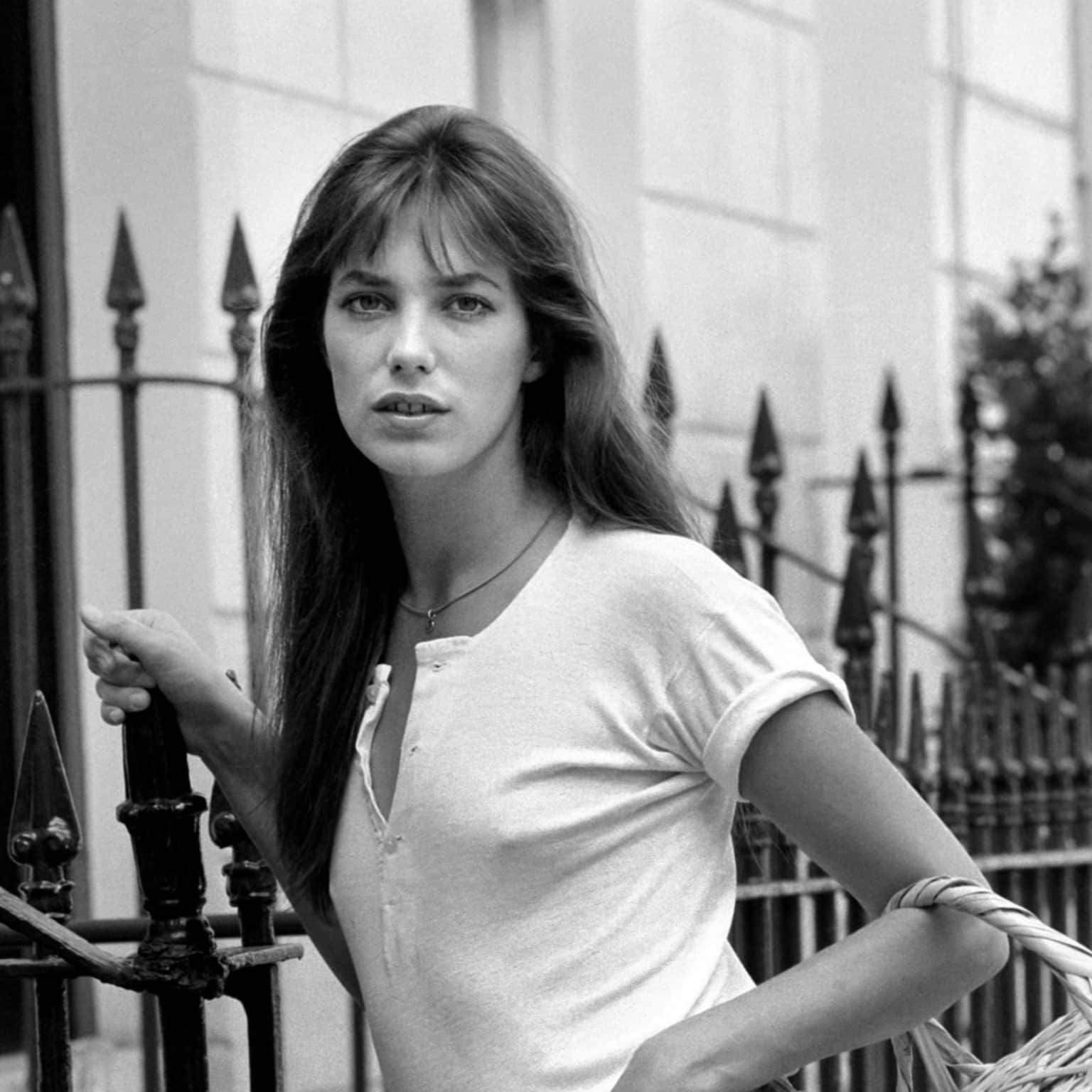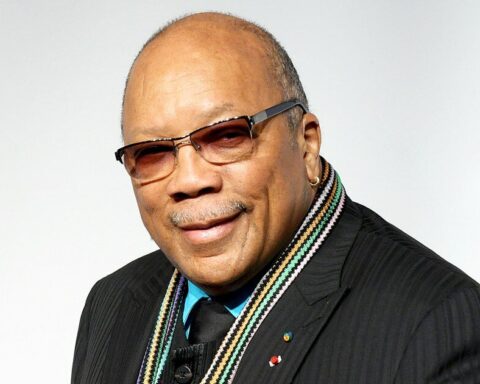The Franco-British actress and singer, an icon of the sixties and seventies, died on Sunday 16 July at her Paris home on rue d’Assas (Paris 6e), aged 76.
This strong woman and eternal muse of Serge Gainsbourg also inspired and gave her name to one of Hermès’ best-selling bags in 1984.
With her cheeky smile, eternal fringe and irresistible British accent, Jane Birkin was an accomplished artist, the embodiment of an elegant femininity that was both liberated and discreet, an ingénue whose eroticism was assumed but never vulgar.
She was also a committed wife and mother. Firstly, in her blended family, surrounded by her three daughters (Kate, Charlotte and Lou) and concerned with preserving the memory of her beloved Serge, whom she never stopped singing. At the same time, she was deeply involved in various humanitarian associations.
All these qualities make her the perfect ambassador for a French luxury brand as poetic, refined and in tune with the times as Hermès.
Birkin or freedom assumed
Born in London in 1946 to a beloved father – an officer in the Royal Navy – and an actress mother, Judy Campbell, Jane Birkin is one of the many descendants of Charles II, King of England, Scotland and Ireland.
As she later told Vogue in February 2021, “I’m English and I come from a background where I was always comfortable (…) I could have dinner with anyone and eat my salad with my fingers. I was never concerned about whether things were done or not“.
She took advantage of her mother’s address book to find roles and also to frequent London nightclubs. In 1964, this Marilyn Monroe fan made her film debut in Richard Lester’s Knack… or How to Get It.
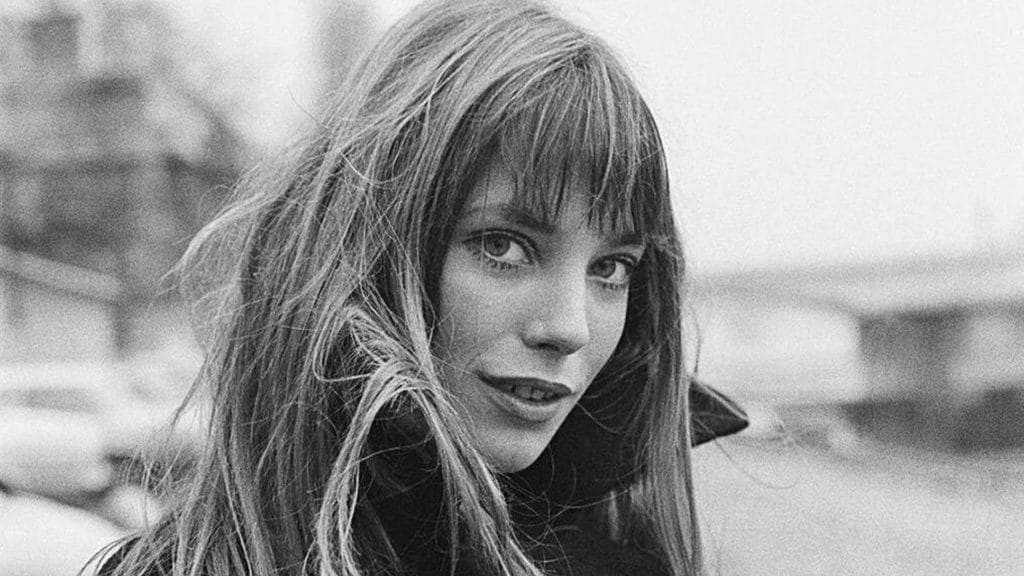
Later, she auditioned for the musical Passion Flower, composed by John Barry, who wrote the theme music for Jane’s first film (Knack) as well as for James Bond films and the series The Persuaders. When she was barely 20, she met him. It was love at first sight, and marriage, with a man 13 years her senior.
But she soon felt the need to throw convention to the wind, so much so that when Kate was born in 1967, they separated. She then filmed a few nude scenes in Michelangelo Antonioni’s Blow Up (1966). Winner of the Grand Prix at the Cannes Film Festival that same year, the film caused such a scandal on its release that Jane decided to leave England and move to France.

In her new land of choice, Jane filmed on the heights of Saint Tropez alongside Alain Delon and Romy Schneider, in Jacques de Deray’s La Piscine (1969).
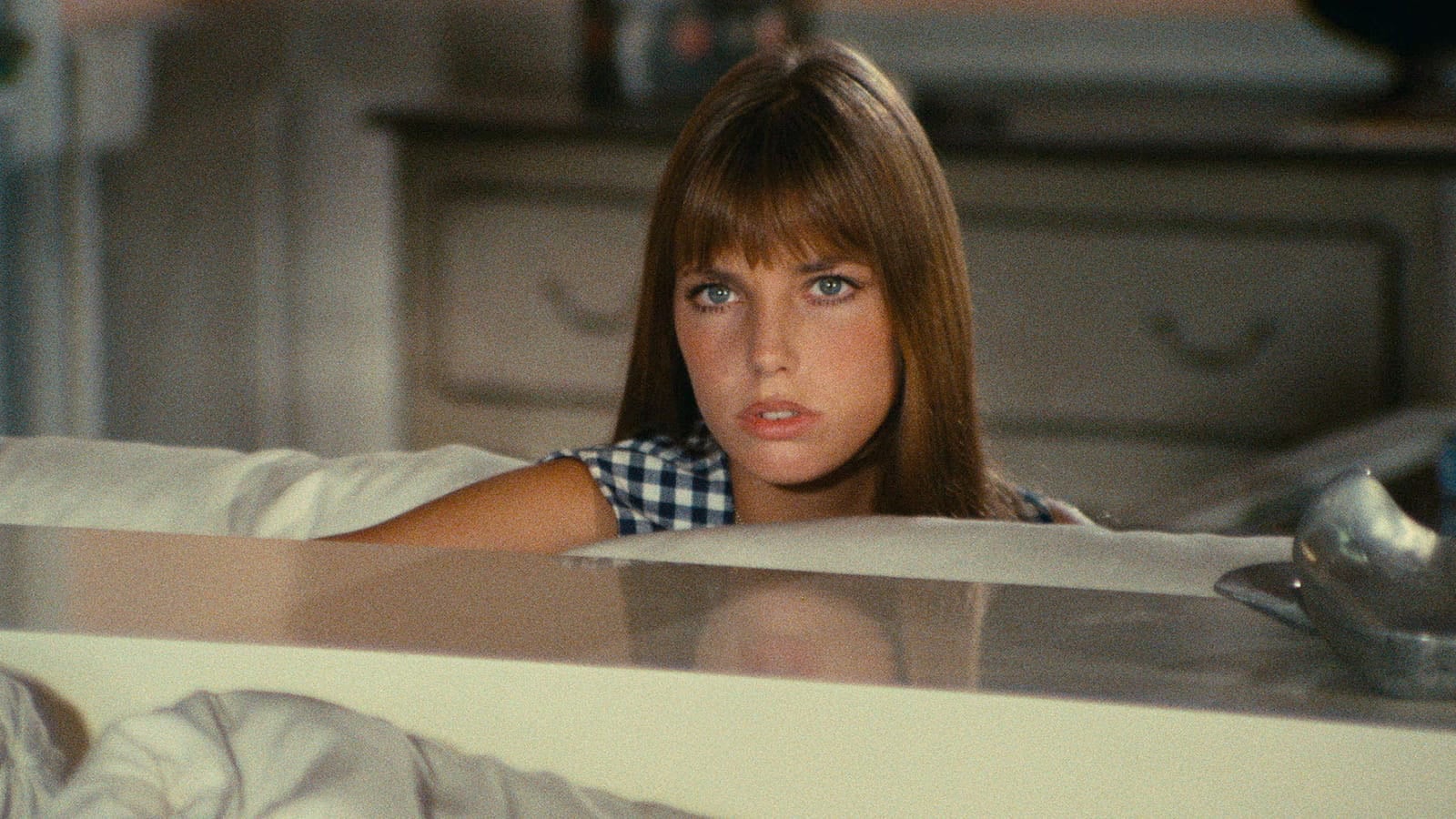
The two movies sum up her style of dress, with crochet dresses, knee-high socks, knitted shorts, leather boots and gingham mini-dresses.
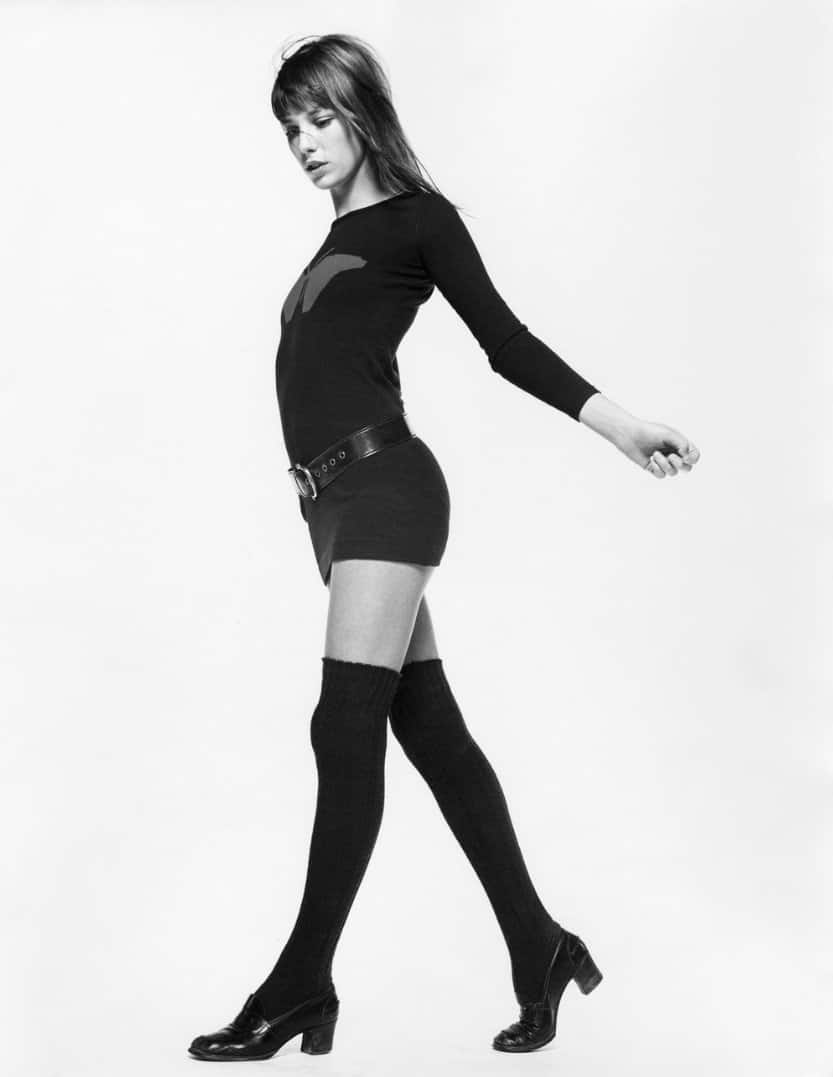
Over the years, she displayed the full panoply of the sexual revolution, with highly transparent dresses, mini-skirts and thigh-high boots.
“The cabbage-headed man” as pygmalion
But fate knocked on her door once again when she stumbled across a casting ad for Pierre Grimblat’s film Slogan (1969). Against all the odds, she was hired despite some inconclusive screen tests. She was cast opposite a certain Serge Gainsbourg, a genius but tormented lyricist who never stopped comparing himself to the great poets of forgotten times.
If she cracked under the pressure, it was also because Gainsbourg couldn’t stand this unknown woman with her broken French, even though he had been promised a role with top model Marisa Berenson.
She told Le Monde in 2017: “I found him complicated and arrogant during the shoot. He had no kindness towards me.”
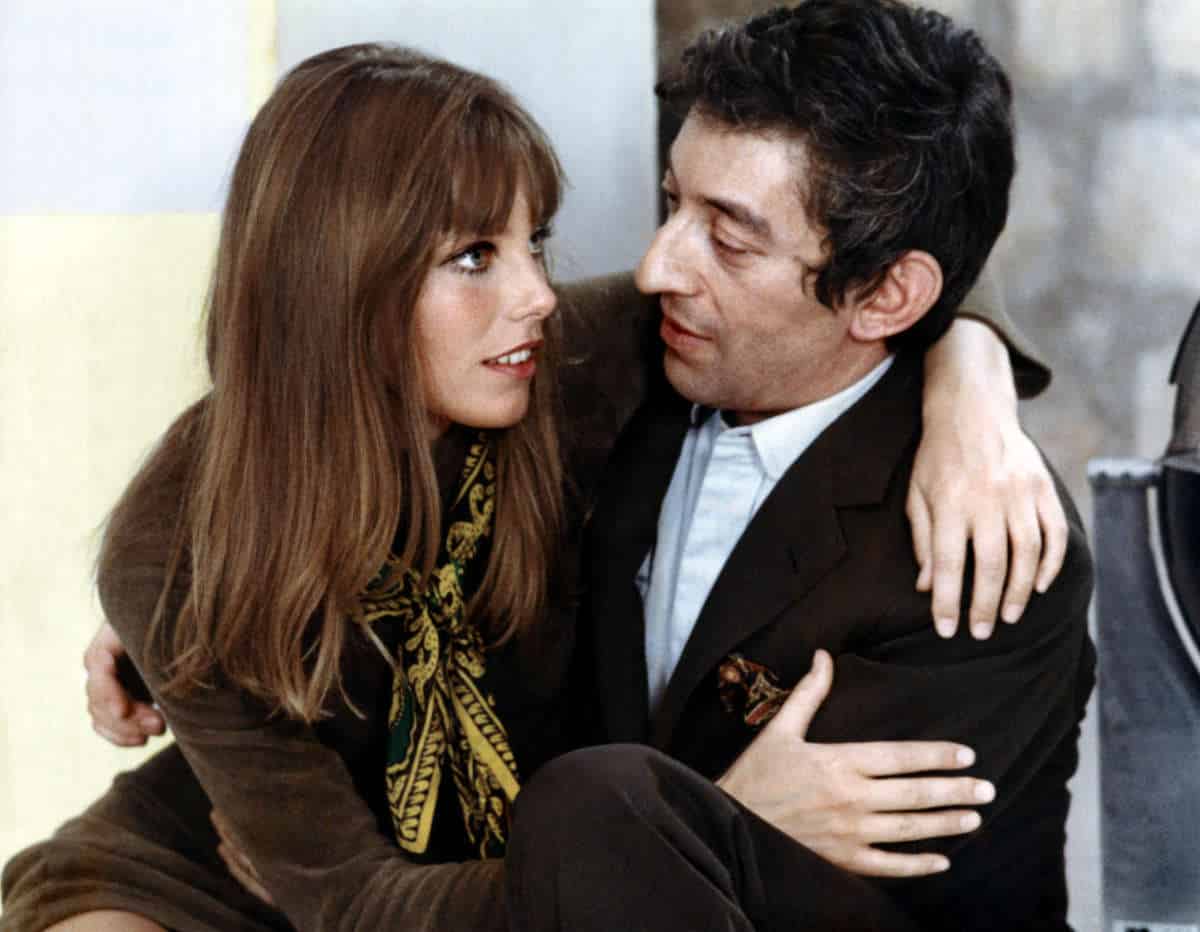
In a bid to save the film, the director organised a dinner with the two actors at a chic restaurant in the capital – the Lapérouse. But Pierre Grimblat stood the two actors up. The intimate Gainsbourg turned out to be “funny, charming and thoughtful”, and the mythical romance began. Gainsbourg took Jane under his wing, propelling her musical career forward.
She then sang with Serge “Je T’aime… Moi Non Plus” on her debut album Jane Birkin Serge Gainsbourg (1969), which scored her first hit in the international charts and caused another scandal.
She went on to score a string of hits with him, from “69, année érotique” to “Quoi“, via “Dessous Chics” and “Di Doo Dah“, right through to the concept album Histoire de Melody Nelson (1971), for which she even posed on the cover, wearing just a pair of jeans.
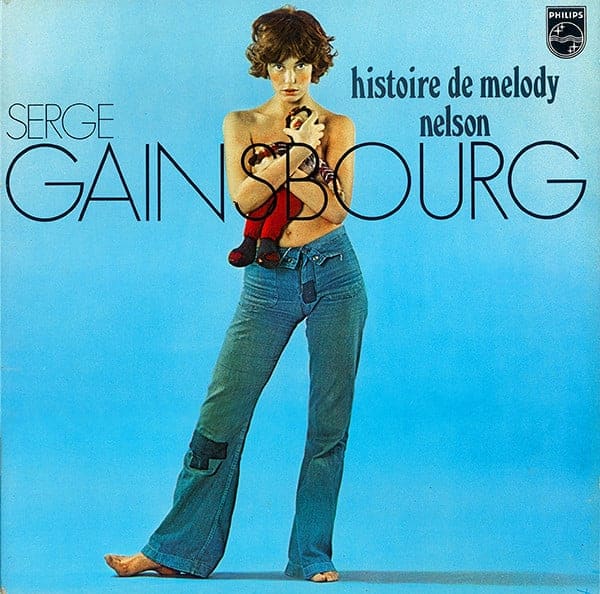
In 1971, having just moved into 5 bis rue de Verneuil, the household expanded with the birth of Charlotte.
From then on, Jane went on to enjoy another string of film successes, from Claude Zidi’s light-hearted comedy La Moutarde me monte au nez (1971) to John Guillermin’s adaptation of the Agatha Christie thriller Mort sur le Nil (1978).
At the same time, Gainsbarre, the dark side of Gainsbourg, marked by alcohol and an unpredictable nightlife, began to darken the family picture.
Love at arm’s length
In 1980, after twelve prolific years together, she left her songwriter partner and moved in with her daughters near the Trocadero. She married director Jacques Doillon and had a daughter, Lou. This relationship enabled her to enter the world of auteur films, abandoning the roles of male stooges like Manic Pixie Dream Girl before her time.
It was not until February 1987 that she appeared on stage for the first time, singing Serge’s repertoire.
1991 was undoubtedly an annus horribilis for Jane, with the death of her ex-partner Serge Gainsbourg, followed by that of her beloved father on the day of the former’s funeral.
She then found refuge in the cinema, notably in Jean Rivette’s La Belle Noiseuse (1991) and Alain Resnais’s On connaît la chanson (1997).
After Serge Gainsbourg’s death, Jane Birkin recorded two albums, covering songs he had written for her and others: Versions Jane (1996, studio album) and Arabesque (2002, live album).
She ended up starting a new life with the novelist Olivier Rolin, whom she met in a tank in Sarajevo.
In 1999, she finally stepped out of Gainsbourg’s shadow, singing songs from her own repertoire, with the support of other talented songwriters such as Françoise Hardy and Alain Souchon.
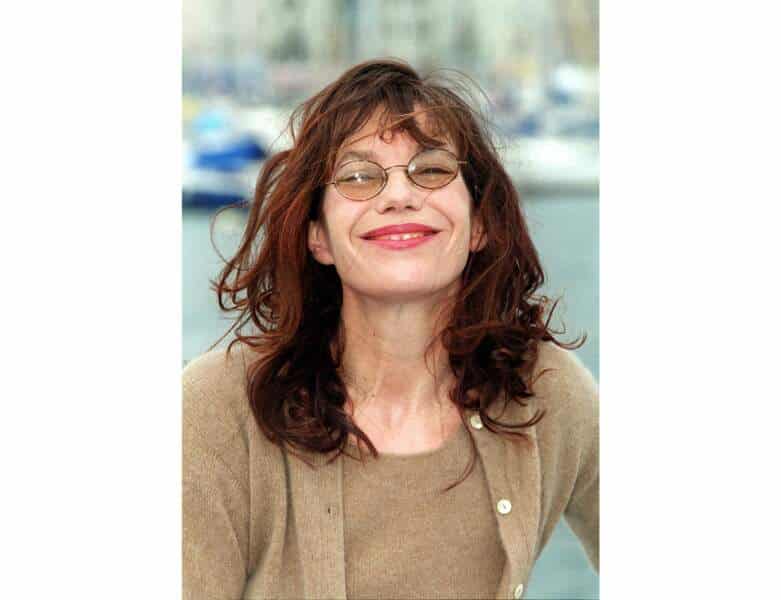
A series of new ordeals soon befell her once again, including her first bout with cancer and the death of her first daughter Kate Barry, who fell from the window of her flat in December 2013. Following this family tragedy, which left its mark on her, she founded the charity La Maison de Kate, which cares for people addicted to psychoactive substances.
With her passion firmly anchored in her body, Jane nevertheless returned to the stage in 2018. This was followed by a battle with leukaemia and a minor stroke before “saying goodbye forever” last Sunday.
If the performer of “Je suis venu te dire que je m’en vais” has touched the hearts of the French so deeply, it’s probably because she has embodied, in spite of herself, the woman of our post-Me-Too era: a plural woman, who embraces both her femininity and her career. She’s also someone who doesn’t shy away from seeing the family in an extended and recomposed light.
Although she had several boyfriends during her life, for the general public she will forever form a mythical couple alongside Serge Gainsbourg, that of the poet-songwriter and his muse. As a true pygmalion, he succeeded in restoring her self-confidence.
Jane Birkin also gave birth to an icon, which has since become an object of desire for collectors and enthusiasts the world over: the Birkin.
A name with Parisian elegance
Jane Birkin has remained the embodiment of a bohemian-chic style, aligned with the rebellious spirit of the 1970s.
Since her death, tributes have been pouring in. But there is one in the luxury industry that deserves special mention: Hermès.
In a press release, the Parisian brand mourned the loss of a “dear friend and early accomplice“. It added: “Based on a shared sensibility, we got to know each other, to discover and appreciate the extent to which Jane Birkin’s light elegance revealed an artist in her own right, committed, open and curious about the world and others“.

But it all started with a chance meeting in 1984 between a young mother and the head of an iconic Parisian fashion house.
Sharing a flight from Paris to London, Jane Birkin met Jean-Louis Dumas, the emblematic head of Hermès, in other words, the man “who turns dreams into reality“.
Her little straw shopping bag had just clumsily toppled over in the car, exposing her belongings, including her diary, and the head of the Faubourg Saint Honoré fashion house was quoted as saying: “You should have pockets for your diary“.
She then expressed her regret to the manager – whom she did not yet know – “that she had not found a shopping bag adapted to her needs as a young mother“. Jean-Louis Dumas introduced himself by saying “but I’m Hermès“, and promised to do something about it.
Taking note of her precious remarks, Jean-Louis Dumas included in his offer a bag four times bigger than the Kelly bag, a pre-existing bag model but renamed in 1956 in tribute to the actress Grace Kelly.
He suggested that she give it her name, evoking both the sound of Swinging London and the icon of femininity that she represented.
A manifesto of elegance borrowed from functionality, the model quickly became one of the house’s best sellers. The price – 8,000 euros for a classic model – did not dampen the spirits. On the contrary, it boosted sales among a wealthy clientele who appreciated the craftsmanship that required 18 to 25 hours of work per bag.
Subsequently, the Birkin model came in a wide range of colours, sizes and materials, from cowhide to crocodile skin.
However, Jane keeps a critical eye on the creations she has inspired.
In 2015, moved by the cruel practices she had heard about in the slaughter of crocodiles, she asked the House of Hermès to refrain from using her name for an exotic leather bag model.
In response, Hermès has pledged to uphold the highest ethical standards in the treatment of crocodiles. The brand acknowledged a “one-off malfunction” at one of its American farms.
Since then, the Birkin craze has continued unabated, to the point where it has become one of the most expensive bags on the market.
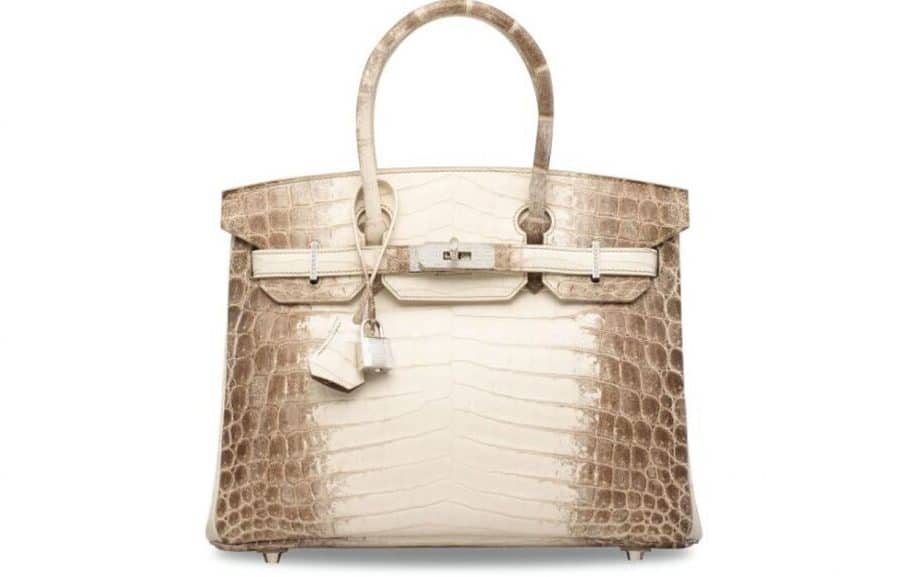
A case in point is the “Himalaya Niloticus Crocodile Diamond Birkin 30” bag, adorned with diamonds and finished in gold, which sold for €380,000 in 2017 at Christie’s in Hong Kong. There is also the Kelly 25 Himalaya bag, a unique piece in matt white Nile crocodile and palladium jewellery, estimated by the same auction house at between €120,000 and €160,000, although a similar model sold for €237,381 in 2019.
The price of fame, however, is that the Birkin model has attracted the covetousness of some ill-intentioned actors, such as Mason Rotschild in the Meta-Birkin affair, a virtual reproduction of the iconic bag in the metaverse without authorisation.
Read also >KRUG X LEMON – BRAZIL TRIP : IN SEARCH OF THE PERFECT MARRIAGE BETWEEN LEMON AND CHAMPAGNE
Featured photo : Jane Birkin photo series for Saint Music Project in 2016 © Saint Laurent




